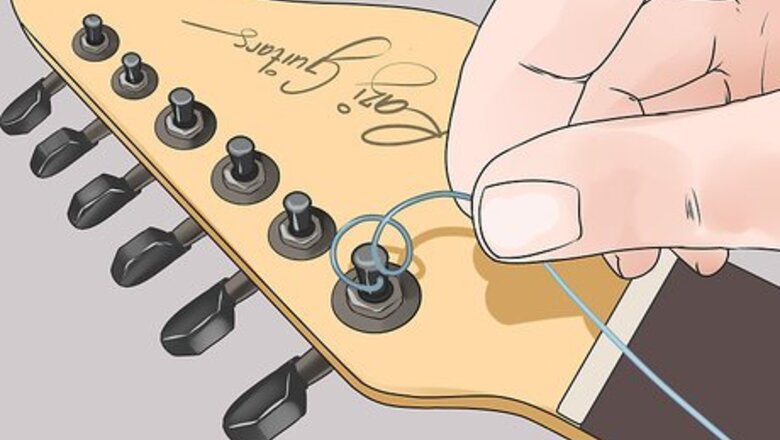
views
Broken Tuners
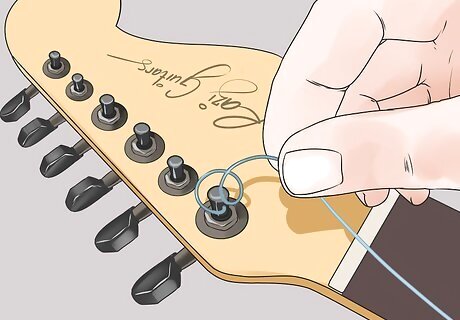
Unwind your strings and check for damage. Under tension, strings can whip out at you, and so could your tuners. Check for damage not only on your guitar but also on you, basically because the broken metal can act just like a knife or a wild game trap. Once you look for any damage proceed to unwind the rest of your strings and take all of them off the tuners.
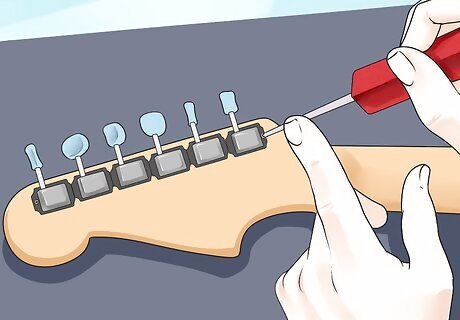
Unscrew the machine heads from the neck. For most guitars, use a Phillips head screwdriver to take out all of your tuners. Keep the machines that did not break for anything that could happen as you play more.
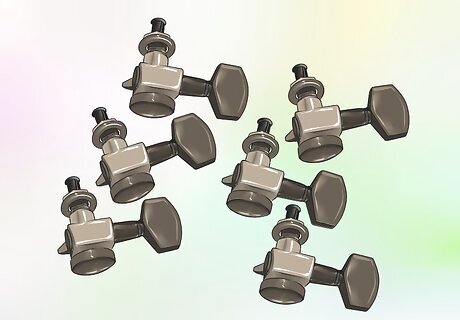
Find the right tuners. It is best to replace all of your machine heads at once rather than just the broken ones, to minimize the chance of something happening in the future. Obtain the correct tuners of your choice that would fit your guitar best. Do some research on-line or talk to an expert for help choosing the best tuners for your guitar. Some guitars, such as older Les Paul's, have pressed on metal jackets or bushings inside the drilled holes to protect the tuner and help it keep clean. You can leave these in the headstock or take them out.
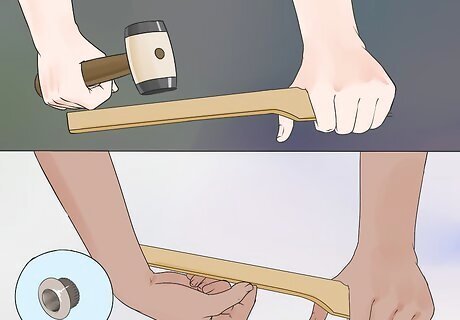
Take out the jackets. To take these out, you will need a hammer and some other kind of striking tool, such as a punch, or something that will fit inside the hole and the jacket. For best results, hold down the neck and gently tap out the jacket. All guitars are different and will have different ways their parts are assembled. If you are still unsure about your guitar, research more about it.
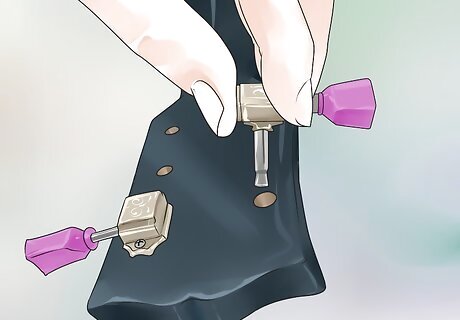
Replace the tuners. To replace the correct machine heads, reverse your actions from when you took them out. Be cautious so as not to destroy anything on your guitar or replace a tuner wrong. If you have questions or are unsure about the process, research your specific guitar or talk to an expert before trying to do it yourself, as you could potentially damage your guitar.
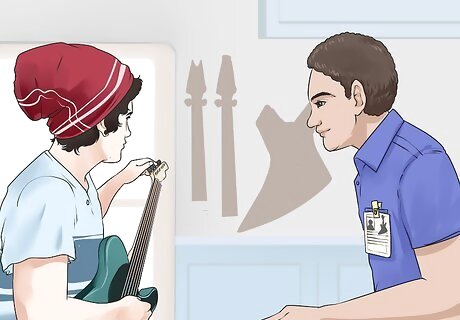
If you want, take legal action or notify the manufacturer. A tuner is not going to break just from you normally handling and playing your guitar. The reason why a tuner would break is because it was defective or faulty or somebody had not assembled it properly and/or the guitar had been dropped there and left a small fracture. If you were hurt by the fragments of the broken tuner, it might be a good idea to take legal action. If you were not hurt, save the broken tuner and notify the manufacturer, as they might compensate you for any damage to your guitar.
Slipping and other problems
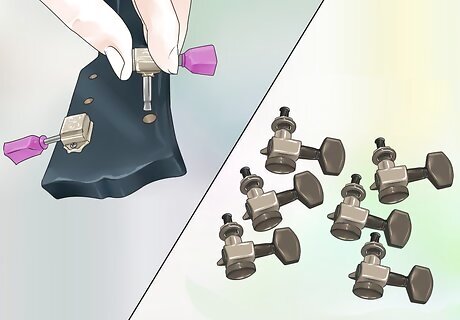
Immediately replace your tuners. If your tuners are slipping having other problems, replace them, because they are going to be a major problem in the future. Find the right tuners and replace them as described in the above method.
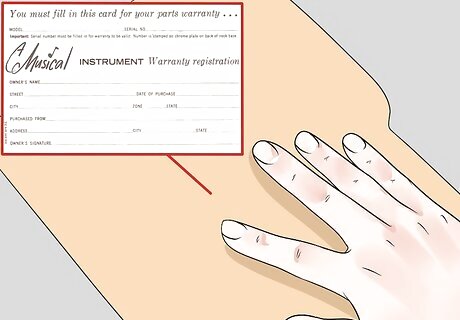
Decide who should pay for them. As stated before, a company may compensate for broken or faulty parts on a new guitar. However, they may only do this for new guitars and for ones that where made three years or less before the current date.
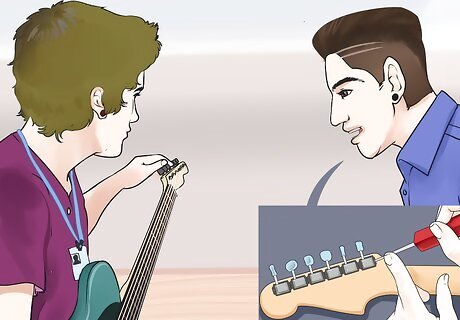
Decide who is going to replace them. If your guitar is new, the manufacturer or a certified technician will replace them, and they are going to replace them with tuners that came with that specific guitar. If your guitar is used, ask the store where you bought it if they could replace them. However the store or company may charge you for the tuners, the work, or the shipping, so make certain everyone knows the correct details before you send your guitar to the workstation.

















Comments
0 comment